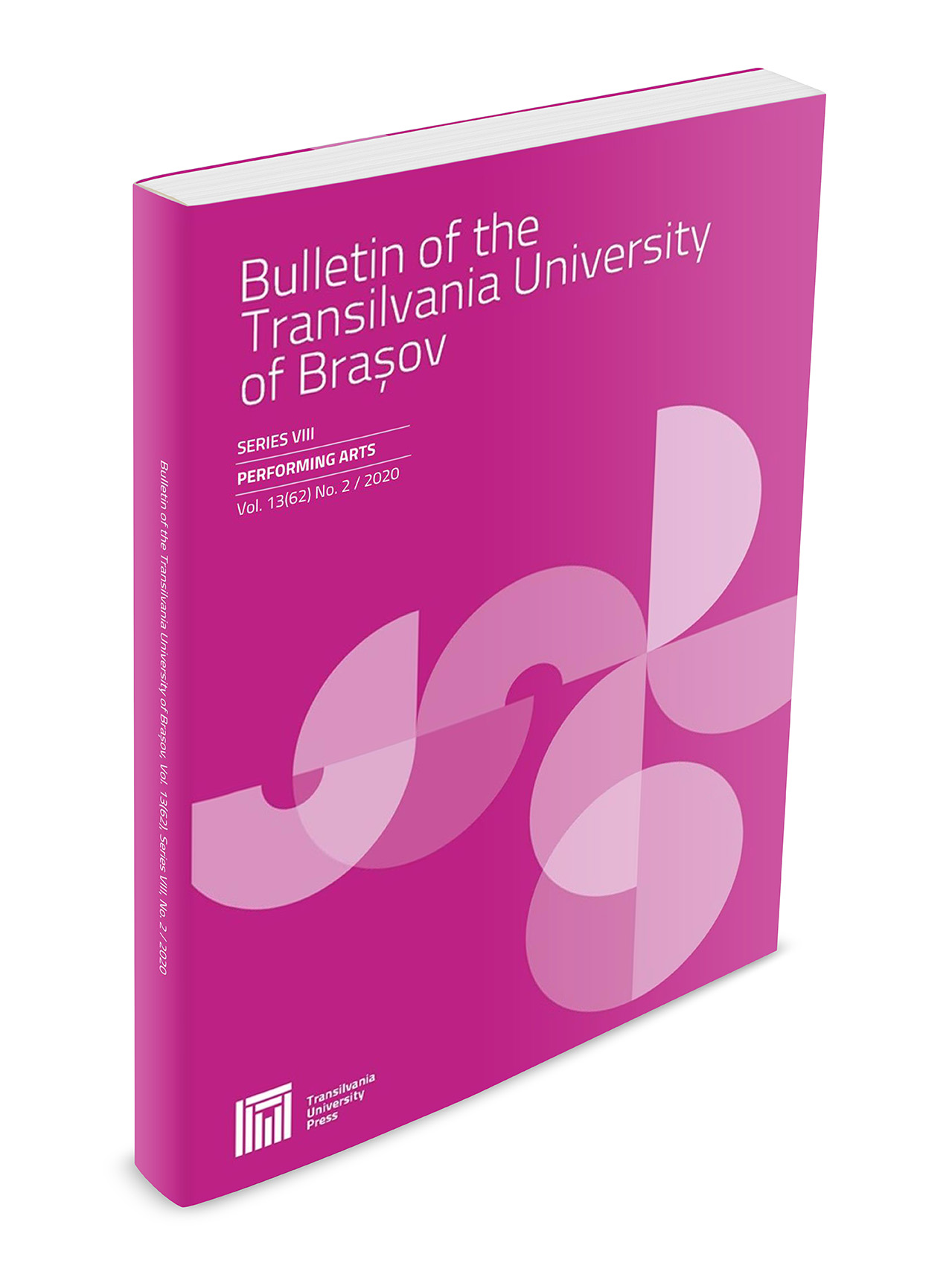The musical language in the piano sonatina by Carmen Petra-Basacopol
DOI:
https://doi.org/10.31926/but.pa.2019.12.61.35Keywords:
sonatina, genre, form, piano, musical languageAbstract
In the 20th century, according to the "modern moderate" concept launched around 1950, Romanian composers from the period after Enescu consolidate their creations in different genres by referring to tradition. In the foreground of the whole creation of this period, in the sonatina genre there are particular aspects of modal and polyphonic writing in an experimental note, with very varied rhythms, polyrhythmic structures whose essence comes from the richness of the folk song and dance. In the landscape of Romanian post-Enescian music, one can distinguish the particularly vast creation of one of the most prolific Romanian composers, Carmen Petra Basacopol. The work we are analyzing is the tripartite sonatina, composed in 1978, in which the same three sections of the sonata are clearly distinguished, but reduced to the size of an instrumental miniature. From a didactic point of view, it is a means of familiarizing the pianist "apprentices" with the form and genre of the classical instrumental sonata, but also with the outline of the expressive language in the interpretation of the works dedicated to the piano.Downloads
Published
Issue
Section
License
Copyright (c) 2019 Bulletin of the Transilvania University of Braşov. Series VIII: Performing Arts

This work is licensed under a Creative Commons Attribution 4.0 International License.




